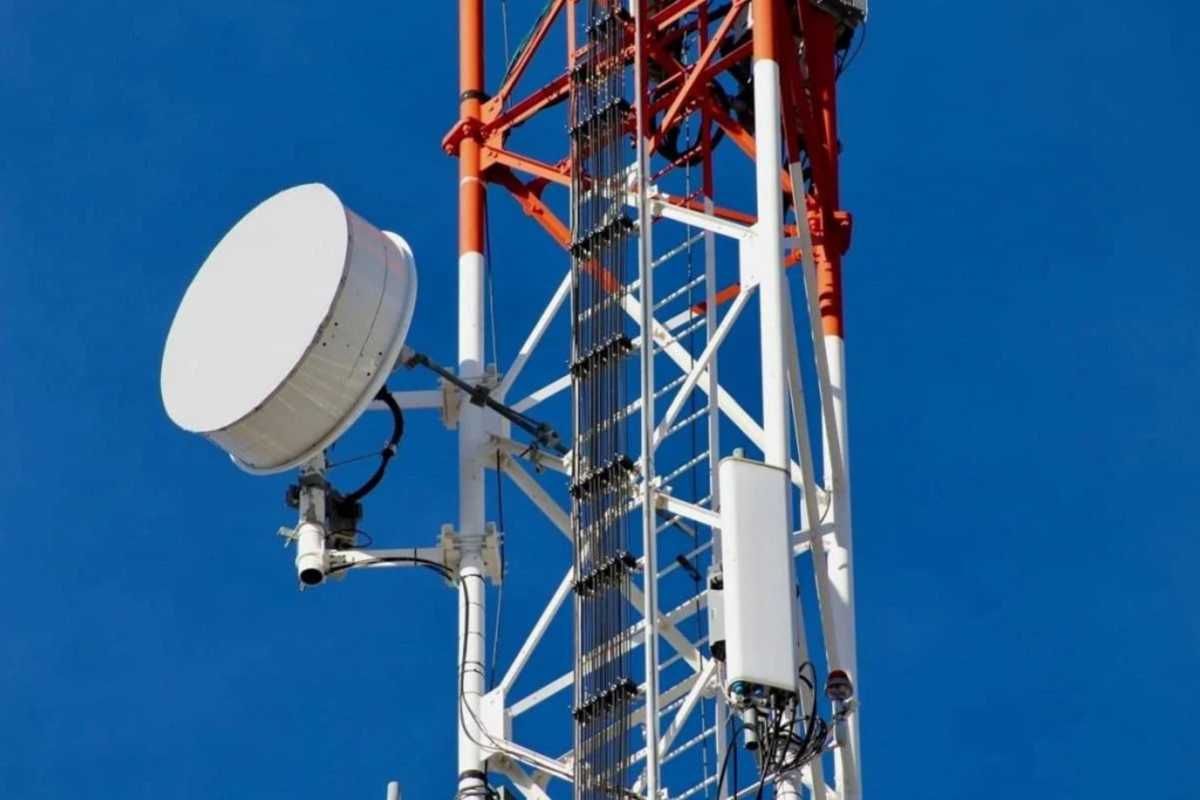
India's telecom industry has achieved a significant milestone by crossing Rs 3 lakh crore in gross revenues for the first time, recording a growth of 20% in FY23, said a TOI report. This growth has been attributed to the higher consumption of data and content, along with financial relief from the government's reforms package.
The telecom relief package, launched in September 2021, has provided much-needed financial support to the industry. The package included a four-year moratorium on spectrum and AGR payments, massive reductions in bank guarantees, removal of many penalties, an increase in spectrum holdings, and removal of spectrum usage charges for newly auctioned airwaves.
Read More - Airtel Black Plans Under Rs 1000 with DTH, OTT, Fiber Broadband and More
The top two players in the industry, Reliance Jio and Bharti Airtel, have led the growth by benefiting from tariff hikes and higher consumer usage of data and other services. Vodafone Idea, the third-largest private operator, is still working towards a turnaround, especially after the government became the largest shareholder by converting its outstanding interest liabilities into equity.
State-owned BSNL and MTNL have also been struggling to revive, but the government's mega revival packages and a widespread VRS scheme are helping these companies improve their financial position and operations.
The surge in gross revenues has also led to an increase in adjusted gross revenues (AGR), on which the government charges its levies. The AGR in 2022-23 was Rs 2.36 lakh crore, up from Rs 2.06 lakh crore in 2020-21, resulting in an increase in license fee collections for the government.
The reforms introduced by the government have been in the right direction, leading to a credible and strong revival of the telecom industry. The commencement of the 5G rollout by mobile operators and further investments in network expansion is expected to provide a fresh impetus to the industry's revenues, which are expected to continue growing in the coming years.















